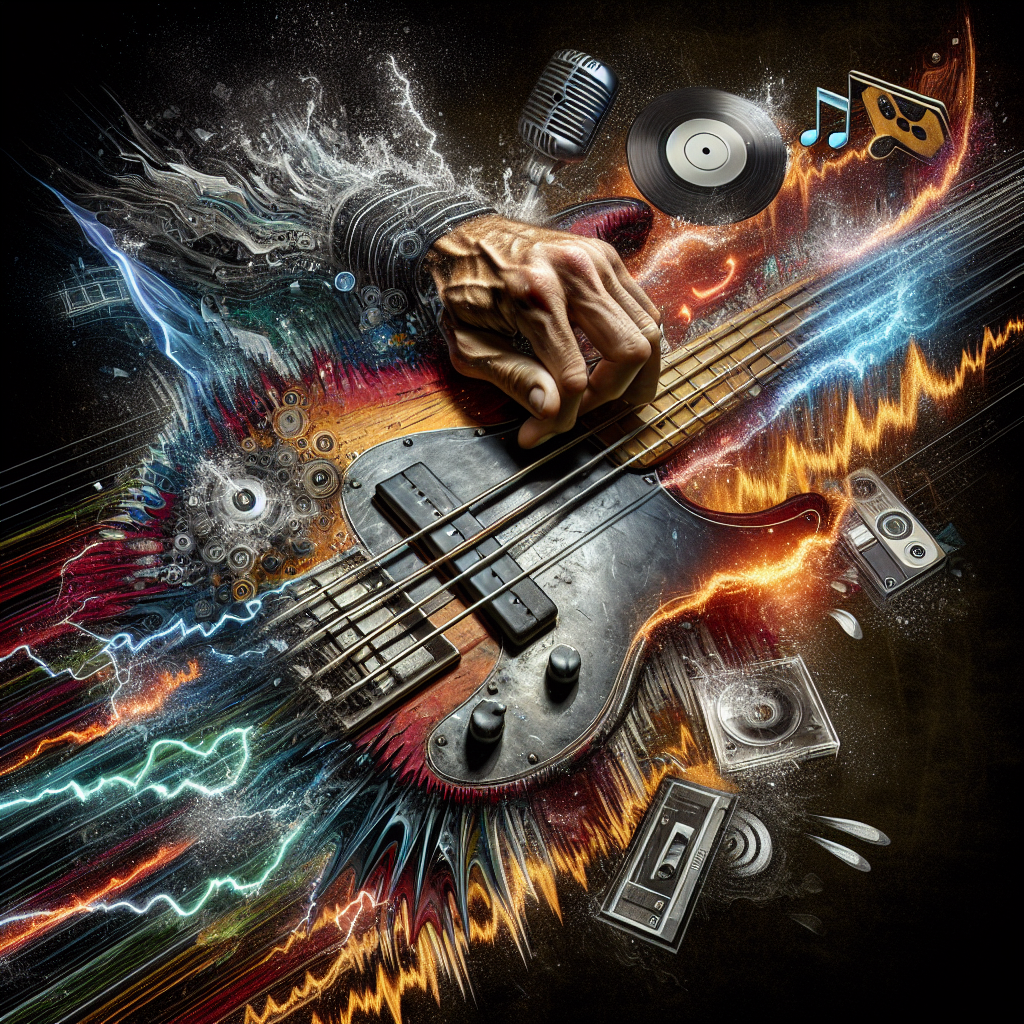Music is an essential part of our lives; we associate it with experiences, moments and emotions. One may say rhythm is the heart of music – allowing it to breathe and conveying its feelings to listeners. In no musical genre is rhythm more in the spotlight than rhythm and blues, or R&B – a genre named for its most defining characteristic. This article delves into the explosive world of R&B rhythm, inviting you for an exploration of its rich nuances and dynamic beats.
Understanding R&B Music
Rhythm and blues music, also known as R&B, has its roots in African-American communities in the 1940s. Blending gospel, jump blues, jazz, and big band music, it developed into a unique style characterized by expressive vocals, driving rhythms, and a pulsating beat that invites the listener to move.
The Rhythm Engines of R&B Music
Behind every compelling R&B track are a few rhythmic components that serve as its engines. First, there’s the backbeat – a sharp, accentuated punch typically on the second and fourth beats of the measure. This backbeat often functions as the pulsing backbone of the song around which other rhythmic elements revolve.
An important engine driving R&B music is the rhythm section, wherein each instrument has a key role. The drummer typically provides the backbeat, while the bass player anchors the harmonic framework and often emphasizes the “strong” beats. Meanwhile, guitarists and keyboard players add color with syncopations, interjections, and riffs that float around the main rhythm.
The rhythm section doesn’t just maintain the groove but also creates the song’s atmosphere, controls the dynamic shape and works closely with the vocals to enhance the overall delivery.
The Unstoppable Beat
Rhythm in R&B can be seductive, commanding, sorrowful, or joyful, but above all, it’s unignorably infectious. The rhythm often provides a framework that guides the listener through changes in harmony, dynamics, and emotion woven within the song. Its heartbeat is an accurate reflection of the song’s mood.
R&B’s driving rhythm often builds excitement through repetition and layering. This technique involves the interaction between simple patterns building layers like a mosaic until they form rhythmic tapestries that are complex and rich in character.
Conclusion
R&B’s rhythm transcends mere time-keeping, becoming an essential vehicle for musical expression. The energy, excitement and grit of the R&B rhythm have moved generations of listeners and set their feet tapping. It’s clear that R&B’s rhythm is a critical element to the genre, influencing not only the music’s character but the listener’s experience too. This rhythm continues to evolve, influential in shaping numerous other popular music genres, keeping the unstoppable beat of R&B alive and engaging.
Frequently Asked Questions (FAQs)
- What makes R&B rhythm unique from other genres?
R&B stands out with its hard-driving, aggressive rhythms, heavy accent on backbeats, and blend of simple patterns creating irresistible grooves.
- How do instruments contribute to R&B’s rhythm?
Each instrument in the rhythm section has a specific role – the drummer provides the backbeat, the bass player anchors the harmonic framework and other instruments add color with syncopations and riffs.
- What emotional aspects does R&B rhythm bring to a track?
The rhythm often serves as the emotional centerpint of the song, from sorrowful, to joyful, seductive, or commanding.
- How does R&B rhythm impact listener experience?
Listeners are drawn into its infectious rhythms that engage with them on both a physical and emotional level.
- What type of rhythm patterns does R&B incorporate?
Commonly, R&B uses repetition and layering of simple patterns to create complex rhythmic structures. The resulting tapestry of rhythms is rich in character.




